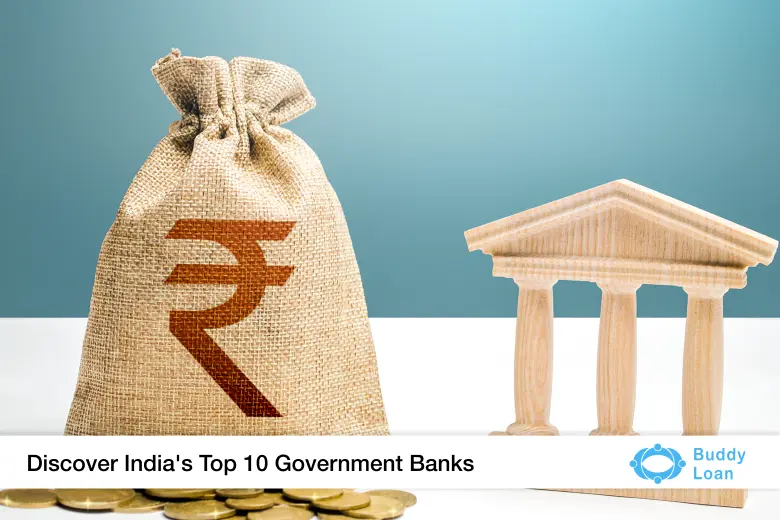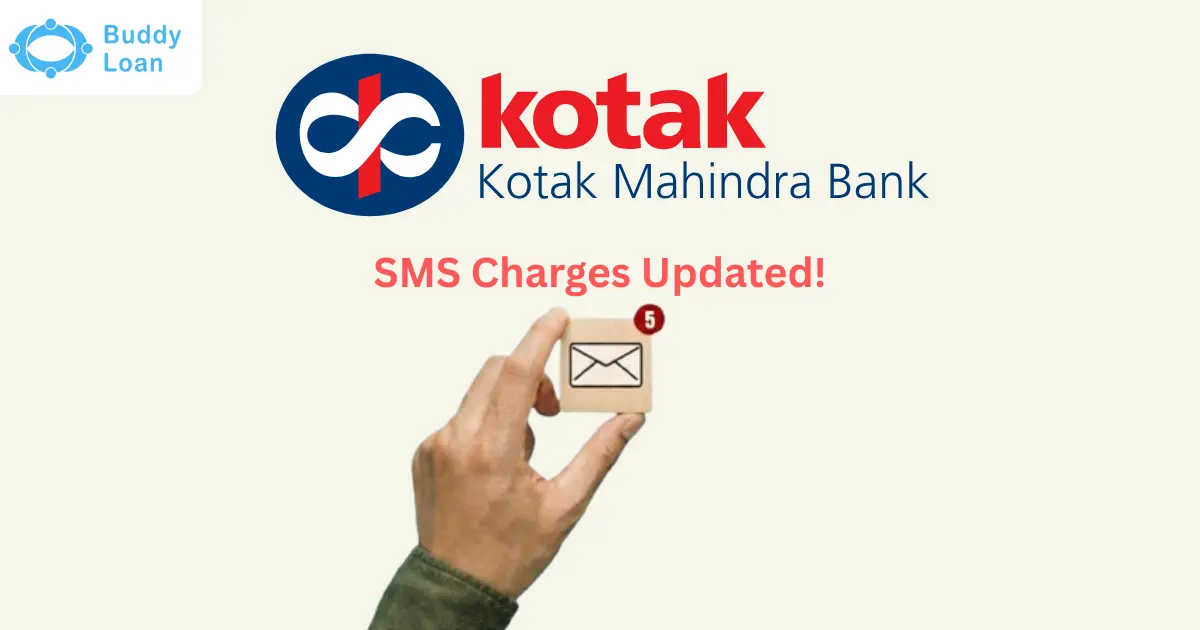India’s rapidly changing economy relies heavily on its top 10 government banks, which have served as pillars of stability and trust within the banking sector. They not only serve millions of customers daily but also play a crucial role in implementing national financial policies and driving economic growth. But which ones stand out in this impressive lineup? In this blog, we’ll explore the top 10 government banks in India, their unique strengths, and the strategies they’re employing to stay relevant in the digital age. Let’s unlock the vault of knowledge on India’s top government banks!
What Are Government Banks?
India doesn’t have banks directly owned by the government, but it does have a large number of public sector banks which are often referred to as government banks. These banks are majority-owned by the government and operate under regulations set by the government.
There are currently 12 public sector banks in India, including the State Bank of India, which is the largest bank in the country. These banks play a vital role in the Indian economy by providing financial services to individuals and businesses throughout the country.
Top 10 Government Banks In India
Given below are the top 10 government banks in India which will give you an insight into India’s financial and banking sector.
| Bank Name | Gov. Shareholding (%) | Established On | Headquarters |
|---|---|---|---|
| State Bank of India | 57.59 | 1927 | Mumbai, Maharashtra |
| Punjab National Bank | 73.15 | 1891 | New Delhi, Delhi |
| Bank of Baroda | 63.97 | 1908 | Vadodara, Gujarat |
| Bank of India | 81.41 | 1906 | Mumbai, Maharashtra |
| Union Bank of India | 76.99 | 1913 | Mumbai, Maharashtra |
| Canara Bank | 62.93 | 1906 | Bengaluru, Karnataka |
| Central Bank of India | 93.08 | 1911 | Mumbai, Maharashtra |
| Indian Bank | 79.86 | 1907 | Chennai, Tamil Nadu |
| IDBI Bank | 45.47 | 1964 | Mumbai, Maharashtra |
| UCO Bank | 95.39 | 1943 | Kolkata, West Bengal |
Note: The Government shareholding is subject to change over time under market price fluctuations.
0
Bad
Check your Credit Score for Free
Your credit score is updated monthly and gives you insight into your creditworthiness. Take control of your financial future today.
Key Highlights On Each Bank
Here’s a summary of the key highlights for each bank you mentioned:
1. State Bank of India (SBI):
The largest commercial bank in India.
Has a huge network of branches and a wide range of financial products and services.
Known for its strong brand reputation and financial stability.
know more about Personal Loans. Click this link for details.- SBI Personal Loan
2. Punjab National Bank (PNB):
It is an established national bank.
This offers a variety of personal and corporate banking solutions.
They have played a significant role in India’s financial history.
know more about Personal Loans. Click this link for details.- Punjab National Bank
3. Bank of Baroda (BoB):
Major public sector bank with a strong presence in Gujarat and a growing international presence.
Focuses on innovation and technology integration.
know more about Personal Loans. Click this link for details.- Bank of Baroda
4. Bank of India (BoI):
It is the leading public sector bank with a global network of branches.
Offers a comprehensive suite of banking services for individuals and businesses.
know more about Personal Loans. Click this link for details.- Bank of India
5. Union Bank of India:
It is a well-established public sector bank that focuses on financial inclusion and rural development initiatives.
know more about Personal Loans. Click this link for details.- Union Bank of India
6. Canara Bank:
*One of the largest PSBs with a significant presence in South India. *Known for its commitment to customer service and social responsibility.
know more about Personal Loans. Click this link for details.- Canara Bank
7. Central Bank of India:
*Premier public sector bank with a strong focus on serving the agricultural sector and rural communities.
know more about Personal Loans. Click this link for details.- Central Bank of India
8. Indian Bank:
*Public sector bank with a growing presence across India.
*Offers a diverse range of banking products and services tailored to individual and corporate needs.
know more about Personal Loans. Click this link for details.- Indian Bank
9. UCO Bank:
*Public sector bank with a focus on serving the eastern region of India. *Promotes financial inclusion initiatives and offers a variety of banking products.
know more about Personal Loans. Click this link for details.- UCO Bank
10. IDBI Bank:
*Formerly a private bank, now a government and LIC-controlled PSU.
*Offers a wide range of commercial and investment banking solutions.
know more about Personal Loans. Click this link for details.- IDBI Bank
Roles And Responsibility of Top 10 Government Bank
Government banks, also known as Public Sector Banks (PSBs) in India, play a crucial role in the country’s financial system. Let us look at their key roles and responsibilities:
Financial Intermediation:
- Mobilising Deposits: Public Sector Banks(PSB) encourage people to save money by offering various deposit accounts with competitive interest rates. These deposits act as an important source of funds for the bank’s lending activities.
- Credit Disbursement: PSBs play an important role in channeling these deposits back into the economy by providing loans to individuals, businesses, and various sectors like agriculture, infrastructure, and small and medium enterprises (SMEs). This facilitates economic growth and development.
Financial Inclusion:
- Reaching the Underserved: what is PSB? (PSBs) have a wider branch network compared to private banks, with a presence in both rural and semi-urban areas. This allows them to reach out to unbanked and underbanked sections of society, promoting more financial inclusion easily. They are easy to use with mobile phone apps making them available for digital India.
- Government Schemes: PSBs often act as channels for implementing government-sponsored financial inclusion schemes, like Pradhan Mantri Jan Dhan Yojana (PMJDY) which is a national mission for financial inclusion.
Social and Economic Development :
- Supporting Priority Sectors: PSBs provide credit at subsidized to priority sectors like agriculture, education, and infrastructure. This encourages development in these crucial areas.
- Financial Stability: Due to their government ownership, PSBs are considered relatively stable institutions, contributing to overall financial stability in the economy. They may be called to support other financial institutions during times of crisis.
Regulatory Compliance:
- Following RBI Guidelines: PSBs are subject to strict regulations set by the Reserve Bank of India (RBI), the central bank of India. They ensure adherence to these regulations and maintain transparency in their operations. Any updates in operations are effective immediately in these top 10 banks.
Additional Responsibilities:
- Government Business: PSBs often act as the government’s banker, handling transactions like tax collection and social security payments.
Financial Services: Beyond traditional banking, PSBs may offer other financial services like insurance, mutual funds, and wealth management products.
Also Read: List of Bank Mergers in India
Conclusion
In conclusion, government banks, or Public Sector Banks (PSBs), are the main supporters of India’s financial system. They play a multifaceted role in mobilizing deposits, disbursing credit, promoting financial inclusion, and supporting social and economic development. Their extensive network allows them to reach underserved communities, while their government ownership fosters stability. However, ongoing reforms aim to enhance their efficiency and profitability to ensure they continue to serve the nation’s financial needs effectively.
Having any queries? Do reach us at info@buddyloan.com
Frequently Asked Questions
Q. Which are the top 10 government banks in India?
A. The top 10 government banks in India are SBI, PNB, BOB, Canara Bank, Union Bank of India, BOI, Indian Bank, Central Bank of India, IOB, and UCO Bank.
Q. What criteria are used to rank government banks in India?
A. Government banks in India are ranked based on assets, net profit, branch network, customer base, market capitalization, credit and deposit growth, NPA ratio, and technological advancements.
Q. How do government banks differ from private banks in India?
A. Government banks are government-owned with a mandate for wider social outreach, while private banks are privately owned and focus more on profitability and urban areas.
Q. Which is the No. 1 government bank in India?
A. The State Bank of India (SBI) is the No. 1 government bank in India.
Q. Which bank is 100% government bank?
A. Central Bank of India is a 100% government-owned bank.




